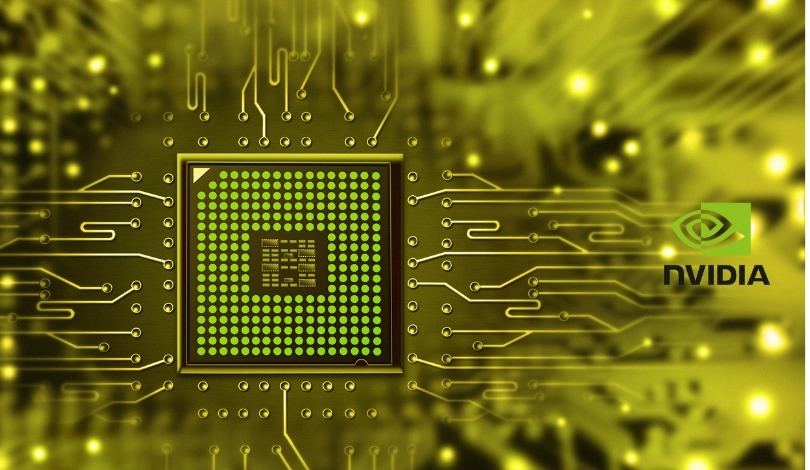Nvidia has recently drawn the attention of gamers, developers, and graphics professionals with a new demonstration of AI-powered texture compression. This technology seeks to address the ongoing limitation of GPU memory, which often proves a bottleneck in the pursuit of higher visual fidelity. With modern games and creative applications steadily increasing their texture sizes and graphical demands, a new approach to memory management has become increasingly important. Developers and content creators are eager to see how these advancements might change their workflow, as the technology could offer a means for hardware to support high-quality graphics without requiring expensive upgrades.
Earlier discussions around texture compression have generally focused on hardware-level improvements, such as expanding GPU memory capacity or optimizing existing codecs. While memory-saving formats like DDS and ASTC have made some impact, they have not completely relieved the limitations faced when dealing with ultra-high-resolution assets. Alternative AI-powered concepts have emerged but until now have not demonstrated both real-time operation and broad compatibility, keeping expectations measured about practical adoption rates. With Nvidia’s move, expectations about how efficiently textures can be managed may be shifting for the first time in years.
How Does Nvidia’s AI Compression Work?
Nvidia’s technology, highlighted in a recent demonstration, leverages artificial intelligence to analyze and compress visual texture data, enabling a reduction in memory footprint while retaining visual clarity. Using a deep learning model hosted on RTX graphics cards, the system processes textures so they consume less VRAM during runtime, but still look visually similar to the originals. Unlike conventional algorithms, this approach adapts dynamically to the content, offering flexibility for different game scenes or media types.
What Are the Noted Caveats?
“Some visual artifacts may appear under certain conditions, and additional overhead is possible,”
Nvidia explained, addressing concerns about real-world usage. While results from the demo video display impressive similarity between compressed and uncompressed images, there are instances where differences become apparent, such as in scenes with very sharp edges or subtle color gradients. Processing textures using AI also introduces latency and resource usage that developers need to account for, limiting the blanket applicability of the technology in every scenario.
How Does This Affect Gaming and Content Creation?
The implementation of AI-driven compression could allow developers to include more detailed worlds and higher-quality assets even on mid-range GPUs. This opens the possibility for creative professionals to work with larger scenes without needing expensive upgrades. Game studios would need to balance the trade-offs between performance, quality, and compatibility as they integrate these AI models into real-time engines.
A practical advantage of the AI solution is its adaptability, as it could be used during asset creation or implemented in real-time depending on the workflow. However, compatibility with existing game engines, middleware, and rendering pipelines requires further integration work. Feedback from early trials indicates cautious optimism, noting that slower systems or non-RTX hardware may see more limited benefits, and broader support may be several product cycles away. The demonstration highlights where the industry could head, though actual availability and widespread use will likely depend on how Nvidia and its partners address the outlined challenges and ensure robust support in commercial titles.
Developers and content creators dealing with large texture sets and limited VRAM budgets have often faced choices between visual quality and performance. AI-driven compression, as Nvidia shows, could mitigate this challenge by enabling higher asset density without strict hardware constraints. For studios and artists, understanding when and how to apply these methods—considering the workload, platform, and target audience—will be pivotal. While texture compression is not new, the AI-based approach offers another tier of flexibility and nuance, potentially leading to broader creative options and more accessible high-fidelity content. Those planning new projects should weigh the trade-offs carefully and monitor how Nvidia and engine developers improve integration, documentation, and support.










